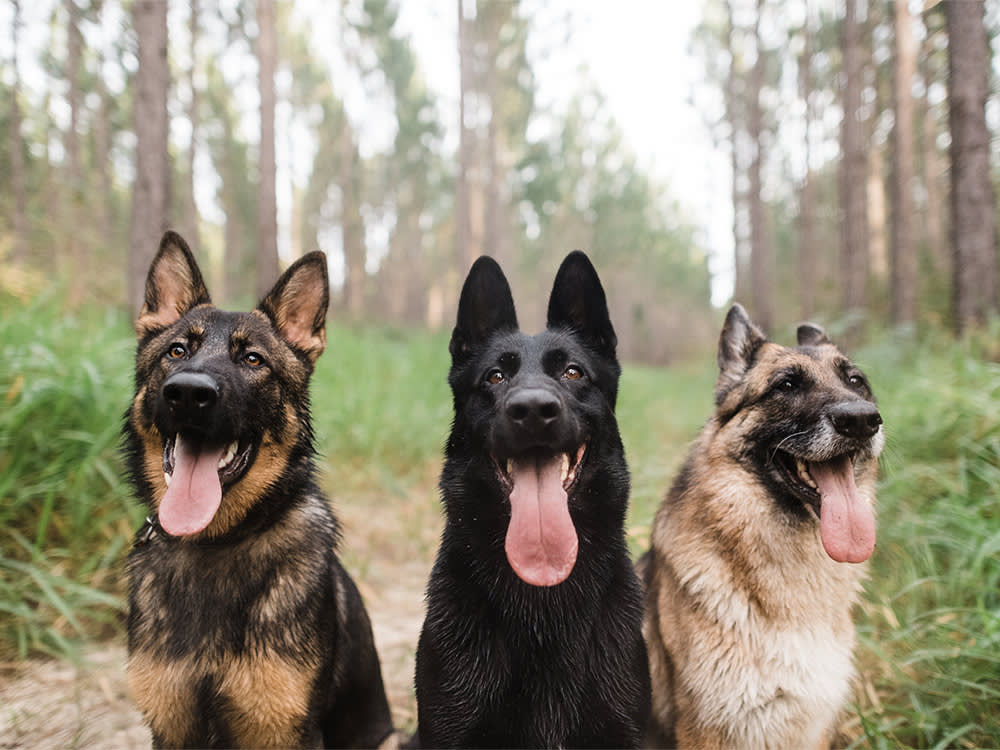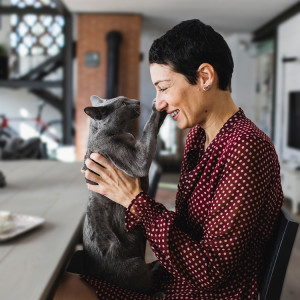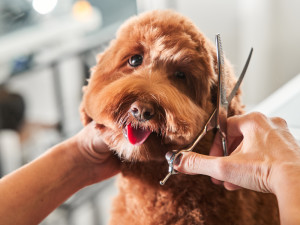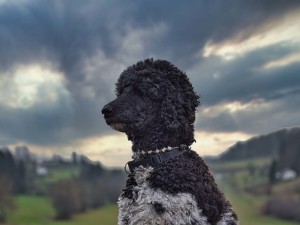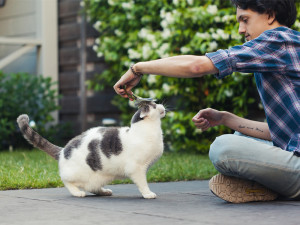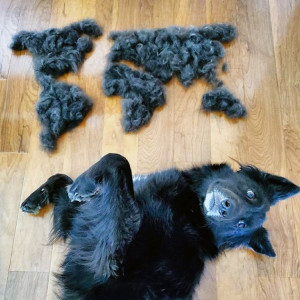Wait, Did Your Puppy Suddenly Change Colors on You?
This isn’t exactly like The Wizard of Oz’s “Horse of a Different Color” scenario, but it’s not not that.
A couple months ago, a woman in a Havanese-owner Facebook group posted a question for her fellow Havifans: How was it that her beloved dog, who had had a dark, chocolatey brindle coat when it was a puppy, now had fur the color of pale, milky tea?
Other devotees of Havanese — a small, perky companion breed from Cuba that has the long, lustrous locks of a Pantene model — shared that their pups had undergone similar color transformations as they aged. I was in the group because my parents had recently adopted a Havanese, and after scrolling through dozens of images of small, dark pups who had grown into far paler adults, I looked suspiciously at my parents’ young puppy. Would Lorenzo be unrecognizable in a couple of years? This leads to a question: Can you ever really know a dog? OK, maybe that’s a bit dramatic, but can you ever really know a dog’s fur?
“The changes we see from a puppy to adult coat are very breed-specific, and are genetically determined,” says Dr. Mitzi Clark, assistant clinical professor of dermatology at Cornell University’s College of Veterinary Medicine.
Though not all pups change color as they get older, almost all dogs experience changes to their fur’s texture and appearance as they age. Here’s what you should know about how a dog’s fur can evolve over time, and how to (kind of, sort of) tell what color your puppy might be when they grow up.
Your puppy’s coat will change as they age.
Lots of puppies have soft, downy coats that look like they emerged directly from a cloud. This fur doesn’t last for very long, though. According to Dr. Clark, puppy coats are generally thinner and softer than their adult counterparts. As they age, there is an increase in the density of hairs, and the hair itself grows more coarsely. Just picture, say, a Golden Retriever: As a puppy, it’s a tiny fuzz ball, but as an adult, it has a coarse, water-repellent topcoat and thick undercoat to keep it warm while it swims. How the transition from puppy fuzz to adult fur happens depends on the dog.
How much do you spend on your pet per year?
“Some puppies will noticeably shed before the adult hairs come in, while others will simply ‘gain’ the adult hairs in addition to their puppy ones,” Dr. Clark explains.
This evolution is usually when a change of color happens. Even if it doesn’t though, a dog’s adult coat will continue to change as it ages. “When going from an adult coat to a senior coat, often dogs’ hair coats will lose luster and appear dull,” Dr. Clark says. She adds that, just like humans, dogs go gray as they get older, and some may experience hair loss.
Dogs change color slightly as they get older.
During the transition from puppy fur to adult fur, lots of dogs will get a little lighter or a little darker. Others change more dramatically. How much they change depends on their breed and genetics. Your yellow Lab pup isn’t going to grow up into a chocolate Lab, for example. But Dr. Clark says that according to the American Kennel Club, Dalmatians, Bedlington Terriers, Kerry Blue Terriers, and Shih Tzus are among the breeds that may undergo major color changes as they get older.
If you’re curious to know whether your new puppy is likely to change coats as they get older, research what breeds you think they might be. And if you’d like to be super scientific about it, websites, such as Paw Print Genetics, offer a coat color and trait calculatoropens in new tab where you can input the genetic markers of your puppy’s parents to find out how their broods might look. If you figure out exactly how it works, feel free to let those of us who didn’t pay attention in high school biology in on it.
Regardless of color, your dog’s coat indicates their health.
At the end of the day, what color your dog is doesn’t really matter for most owners. It might be surprising to look up one day and realize your small brown puppy is now a large cream-colored dog, but that’s fine. None of us are the fuzzy young pups we once were, either. It’s still important to keep an eye on your dog’s coat to make sure it’s looking healthy; a coat can be a good indicator of a dog’s health. And what should a healthy coat look like, exactly? According to the AKCopens in new tab: “A healthy coat, whether short or long, is glossy and pliable, without dandruff, bald spots, or excessive oiliness.”
The best way owners can maintain a glossy, pliable, dandruff-free coat, Dr. Clark says, is a good diet, and routine veterinary care. “Some coat changes are actually related to disease states, so being sure that their pets are regularly examined by their veterinarians and on a nutritious diet that their veterinarian recommends is key.”
